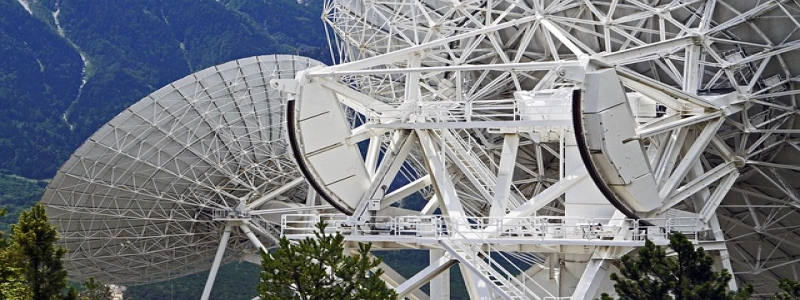Ethernet Port Types
Introduction
In computer networking, an Ethernet port refers to a physical connector on a device that allows it to connect to an Ethernet network. Various types of Ethernet ports are available, each offering different benefits and capabilities. In this article, we will explore the different types of Ethernet ports in detail.
1. Fast Ethernet (10/100BASE-T)
Fast Ethernet, also known as 10/100BASE-T, is one of the most common Ethernet port types found in computers, switches, and routers. It supports data transmission speeds of up to 100 Mbps (megabits per second), making it suitable for everyday internet usage and typical office network setups.
2. Gigabit Ethernet (1000BASE-T)
Gigabit Ethernet, also known as 1000BASE-T, provides significantly faster data transfer speeds compared to Fast Ethernet. It operates at 1 Gbps (gigabit per second), allowing for faster file transfers, video streaming, and other bandwidth-intensive activities. Gigabit Ethernet ports are commonly found in modern computers, high-performance routers, and switches.
3. 10 Gigabit Ethernet (10GBASE-T)
For even faster data transfer speeds, 10 Gigabit Ethernet (10GBASE-T) ports are used. These ports transmit data at 10 Gbps, making them ideal for demanding applications such as data centers, server farms, and high-performance computing. However, 10 Gigabit Ethernet technology is relatively expensive and may require specialized network equipment.
4. Fiber Optic Ethernet (1000BASE-SX/LX)
Fiber Optic Ethernet ports, such as 1000BASE-SX and 1000BASE-LX, utilize optical cables for data transmission. These ports offer superior performance and longer distance capabilities compared to traditional copper-based Ethernet ports. Fiber optic Ethernet is commonly used in large-scale networks, such as metropolitan area networks (MANs) and wide area networks (WANs), where long-distance communication is required.
5. Power over Ethernet (PoE)
Power over Ethernet (PoE) ports are a special type of Ethernet port that allows devices to receive power and network connectivity through a single Ethernet cable. This eliminates the need for separate power adapters and simplifies the deployment of network devices, such as IP cameras, Wi-Fi access points, and VoIP phones. PoE ports are commonly found in switches and routers that support PoE functionality.
Conclusion
Ethernet ports come in various types, each offering different speeds, capabilities, and features. Whether you need a fast and affordable solution for everyday networking or require high-performance connectivity for data-intensive applications, there is an Ethernet port type that suits your needs. Understanding the different Ethernet port types is crucial when setting up a network or choosing the right networking equipment for your specific requirements.








